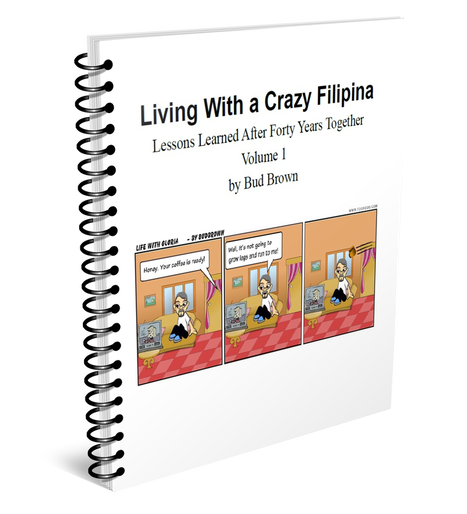|
Introduction - Why I created this course
Hello. My name is Bud Brown. I've been studying languages most all my life. I learned Spanish while living with a Mexican family, in Mexico, when I was in high school. I learned Vietnamese and served as an interpretor in the U.S. Navy in Vietnam. I studied several languages in the university while earning my B.A. Degree in linguistics. I have studied Tagalog up close and personal while living with my Filipina wife for close to 40 years. And now that I am living on the island of Cebu, Philippines, I have been learning the second most spoken language in the Philippines, Cebuano. As unbelievable as it seems I have found very few sources to learn this language. In the National Book Store in Cebu City, there was one gigantic English-Cebuano dictionary. That's it! Nothing about grammar. Nothing about pronunciation. Nothing to explain how to speak this language. So I decided to roll up my sleeves, grab a voice recorder in one hand and pencil and paper in the other hand, and pick the brains of as many local, native Cebuano speakers as I could. I have now been here six months and the big puzzle is starting to come together to form the big picture. Now I feel comfortable speaking Cebuano and can understand mostly what they are saying in a conversation. I will admit that sometimes I do have to ask them to repeat something they just said or ask them what a certain word means. But, in general, I'm very happy with my progress in this language. I just wish I had found this course when I began learning Cebuano! I'm going to save you lots of time and frustration by giving you what you need to be able to understand and speak Cebuano, also known as Bisaya. Not only am I giving you good, everyday, working vocabulary and everyday conversations, but I'm going to take you by the hand and walk you through this course with my commentary after each lesson. Good luck and if you are ever in Cebu (which I have a feeling you will be) be sure to look me up. |
How this course is organized
Conversations Since language is mainly composed of conversations, or dialogs, this course is centered around dialogs. Two people meet. First, one person says something, then the other person responds. Then, the first person inquires about the second person or gives the second person some information. The second person responds. This is a conversation or a dialog. It is possible for one person to give a speech or a monologue, but this course will focus on everyday conversations. This is essential Cebuano. Vocabulary Vocabulary is crucial. Try your best to learn as much vocabulary as possible. In each lesson I give you the vocabulary of the dialog and more. I have also included vocabulary arranged by topic. In the Essential Cebuano Silver and Gold package v.8 I include audio files of every word in all the chapters vocabulary lists. Try your best to listen to native speakers (including the ones in the audio and video files in this course) to get the sound of every word and phrase. Bud's Commentary I know how it feels to try to learn a language. It's fun. It's frustrating. It's embarrassing. It's boring. It's exciting. After each lesson I'm going to make comments that might give you better cultural or linguistic insights in the conversation. Each lesson consists of: 1. Vocabulary 2. A Conversation 3. A video of the conversation 4. An audio file of the conversation 5. Bud's Commentary of the lesson Example: LESSON 1 - Click here
|
You might be interested in my other products also:



